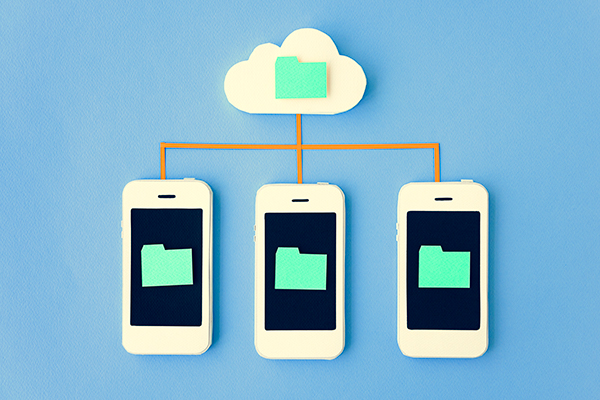Breakthrough What Is Cloud Computing?

What is Cloud Computing
Cloud computing enables the storage and access of digital data including apps and services over the internet. It lets you access files and applications from any device connected to the internet, regardless of your location. In other words, it frees you from an over-dependence on local data and apps and the hardware and software maintenance that come with them.
 Computing in the Cloud
Computing in the Cloud
The term “cloud computing” is widely used today, and for good reason. Many popular services and applications are delivered over the internet. The internet itself is like a cloud in which information keeps on floating constantly. The term “cloud” in “cloud computing” is really just another term for the internet.
What Cloud Computing Is Not
Cloud computing is the opposite of local computing. Local computing stores data and runs programs from your computer’s hard disk or other computers on a local network.
With cloud computing, the data and services you access are stored on computers and networks of computers located almost anywhere in the world. The cloud has emerged as the development of local computing.
Business Versus Personal Use
As an individual consumer, you tap into the cloud when you use the mailing app Gmail, the storage service Dropbox, or social media networks like Facebook or Twitter. All these sites and services store data on computers connected to the internet. By accessing them, you access the data over the cloud.
Businesses also use the cloud to access services and applications. Apps delivered over the internet to businesses are called Software-as-a-Service (SaaS). But businesses can also create custom applications using cloud-based development frameworks known as Platform-as-a-Service (PaaS).
What is Cloud Computing – Why Use
Cloud computing represents a major shift from local computing. It is in many ways an evolution over how data is stored and delivered. It eliminates the need for buying hardware and setting up and operating data centers. Because of this, it can significantly reduce costs for businesses.
At the same time, cloud computing is scalable. It can deliver the optimal amount of IT resources that you need without hardware upgrades. For example, if you need more storage space on Dropbox, you simply buy it without worrying about installing additional hard disks.
Cloud computing also backs up your data since it doesn’t store it locally but on secure and reliable servers. Last but not least, it frees you from technical maintenance, as that is something that the app or service provider takes care of for you.
But it’s important to know that cloud computing also creates some security risks because it stores your data in the cloud where it may become the target of cybercriminals. Sometimes, it may also increase costs compared to local storage. But this depends on how well you implement cloud computing and how you use it.
Summary-What is Cloud Computing
At the end of the day, using the cloud is a smart way to store digital information and make it readily accessible across devices. It’s a natural development of computing in an interconnected world of devices.
Whenever you use an app or service over the internet, you are taking advantage of the benefits of cloud computing. That’s how ubiquitous cloud computing has become.
Additional Cloud Computing Resources
- Microsoft Azure – Microsoft Beginner’s Guide to Cloud Computing, as well as some learning resources.
- Amazon Web Services – Cloud computing is the on-demand delivery of IT resources over the Internet with pay-as-you-go pricing
- IBM – IBM’s Cloud Computing Learning/Development
- Cloudflare – The cloud is made up of servers in data centers all over the world. Moving to the cloud can save companies money and add convenience for users.
